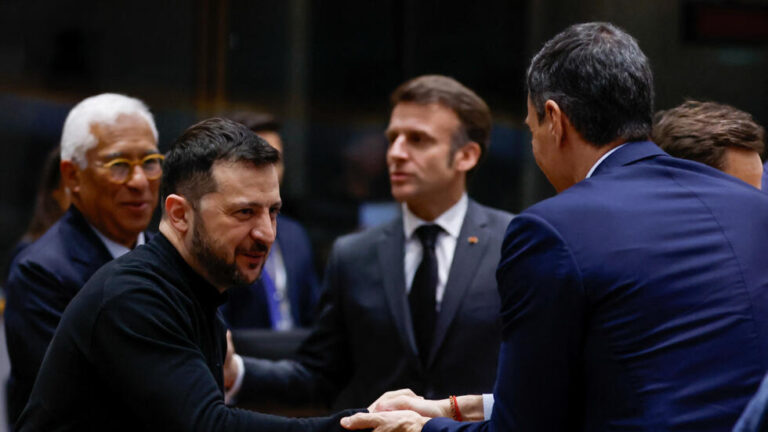The European Commission has unveiled its much-anticipated White Paper on Defence, aiming to significantly bolster the European Union’s defense capabilities over the next decade. This comprehensive strategy seeks to address current security challenges and reduce the bloc’s reliance on external defense suppliers.
ReArm Europe Initiative
Central to the White Paper is the ReArm Europe proposal, which encourages EU member states to collectively invest up to €800 billion in defense over the next four years. This initiative emphasizes joint procurement and collaborative development of military equipment, promoting a unified and efficient approach to defense spending.
Financial Mechanisms and Funding
To facilitate this substantial investment, the Commission has activated the national escape clause in the Stability and Growth Pact. This allows member states to temporarily deviate from strict fiscal rules, enabling increased defense expenditure without breaching EU financial regulations. Additionally, the proposed SAFE instrument aims to raise up to €150 billion through capital markets, offering loans to member states for defense projects.

(EU Representatives on a meeting with Chinese President Xi JinPing)
However, the White Paper has faced criticism for not introducing innovative funding solutions beyond these measures. The reliance on loans and fiscal flexibility has raised concerns about the long-term sustainability of defense financing within the EU.
Strategic Priorities
The White Paper identifies several key areas for capability development:
- Air and Missile Defense Systems: Enhancing protection against aerial threats.
- Artillery Systems, Ammunition, and Missiles: Ensuring adequate firepower and munitions supply.
- Drones and Counter-Drone Systems: Advancing unmanned aerial capabilities and defenses.
- Cyber and Electronic Warfare: Strengthening resilience against digital threats.
- Artificial Intelligence (AI) and Quantum Technologies: Investing in cutting-edge technologies for defense applications.
These priorities aim to modernize the EU’s defense posture and address emerging security challenges.
European Military Sales Mechanism
In an effort to streamline defense procurement, the Commission proposes the establishment of a European Military Sales Mechanism. This platform would enable member states to aggregate demand and jointly acquire military equipment, fostering efficiency and cost-effectiveness.

(German Soldier’s Copyright AP Photo/Mindaugas Kulbis)
European Armament Technological Roadmap
The White Paper also introduces the European Armament Technological Roadmap, designed to boost investment in disruptive technologies for military purposes, including AI and quantum computing. This initiative seeks to maintain the EU’s technological edge in defense.
To enhance readiness, the Commission proposes creating strategic stockpiles and defense industrial readiness pools. Supported by the European Defence Industry Programme (EDIP), this measure aims to ensure rapid response capabilities in times of crisis.
European Preference and VAT Waivers
To support the European defense industry, the White Paper suggests a European preference policy, requiring that 65% of defense equipment content originates from within the EU. Additionally, member states may waive VAT on joint defense purchases, potentially reducing costs.
Looking Ahead
The White Paper represents a significant step toward a more integrated and self-reliant European defense framework. However, its success will depend on member states’ commitment to collaborative investment and the effective implementation of proposed mechanisms. As global security dynamics evolve, the EU’s ability to adapt and strengthen its defense posture remains crucial.


